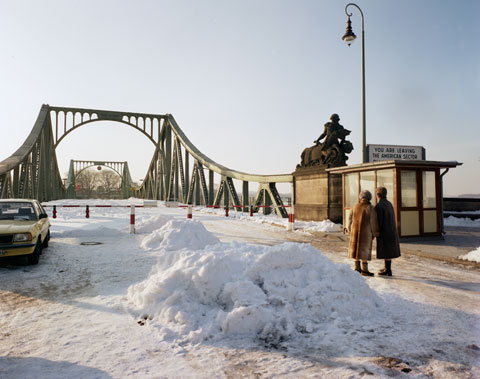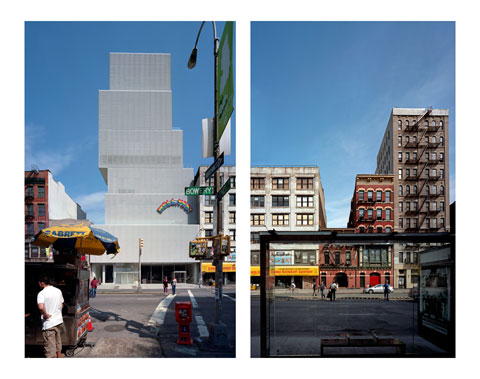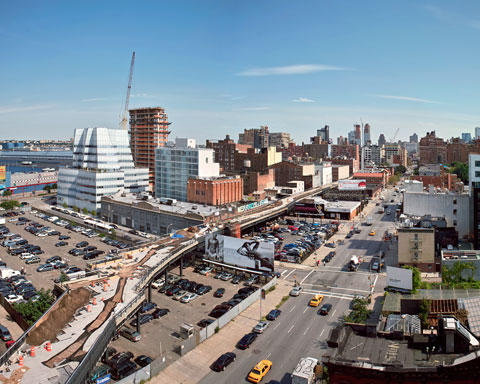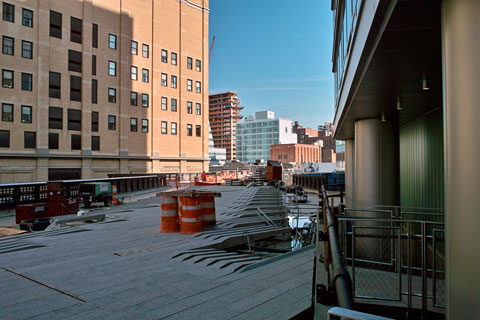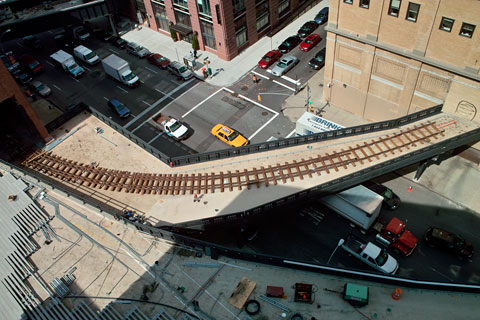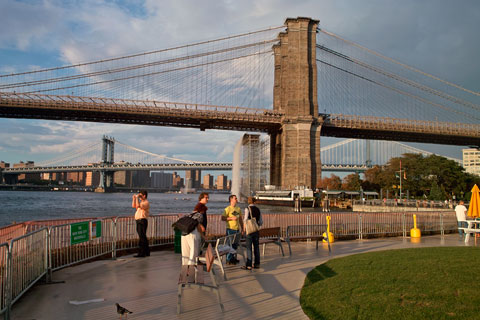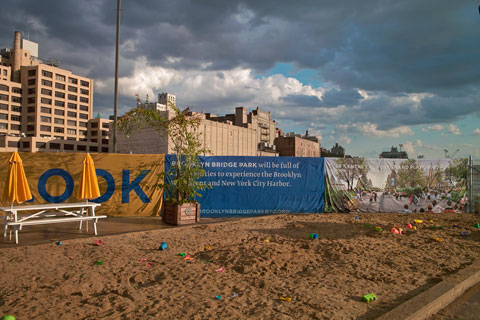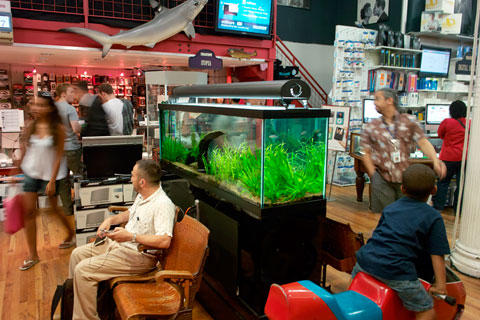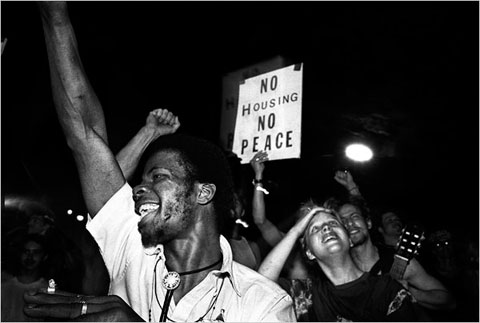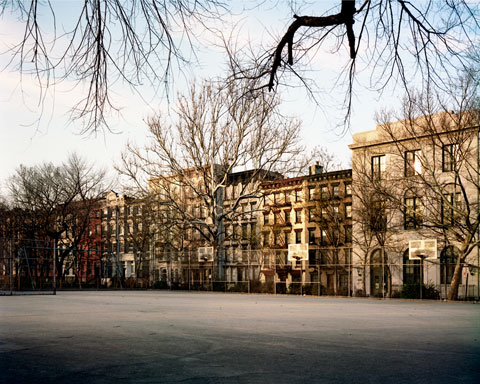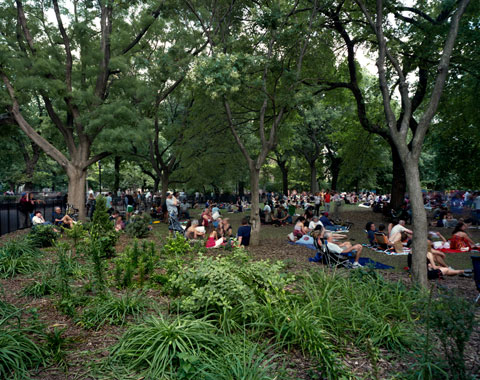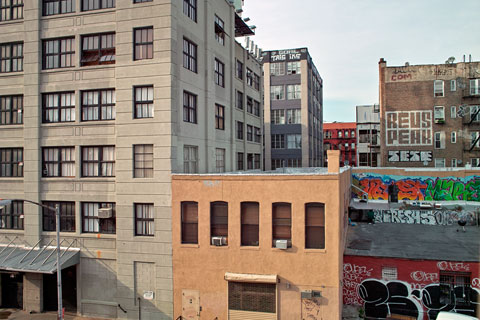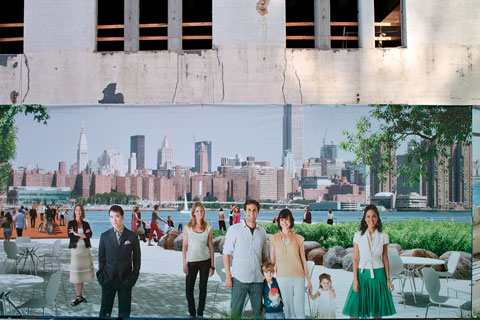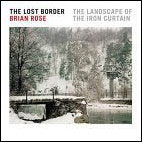New York/LES

Cover of Lower East Side book proposal
© Brian Rose/Ed Fausty, 1980 (4x5 film)
As I posted recently I have created a book proposal for my Lower East Side project. I have barely begun showing the book dummy around, and it could take--who knows how long?--before something becomes of this. So, in the meantime, I have put the entire book online. This will replace the previous Lower East Side web pages. Almost all the images are still here, though it is now necessary to step through the sequence in order. You can, however, hop around using the links to the text pages at the bottom. Click the cover above or go here:
http://www.brianrose.com/lowereastside.htm
Comments are welcome.
